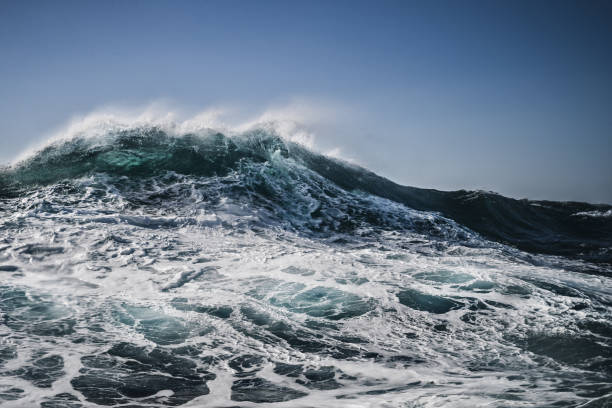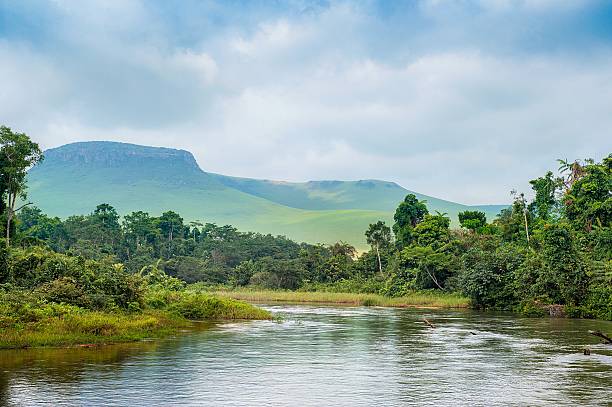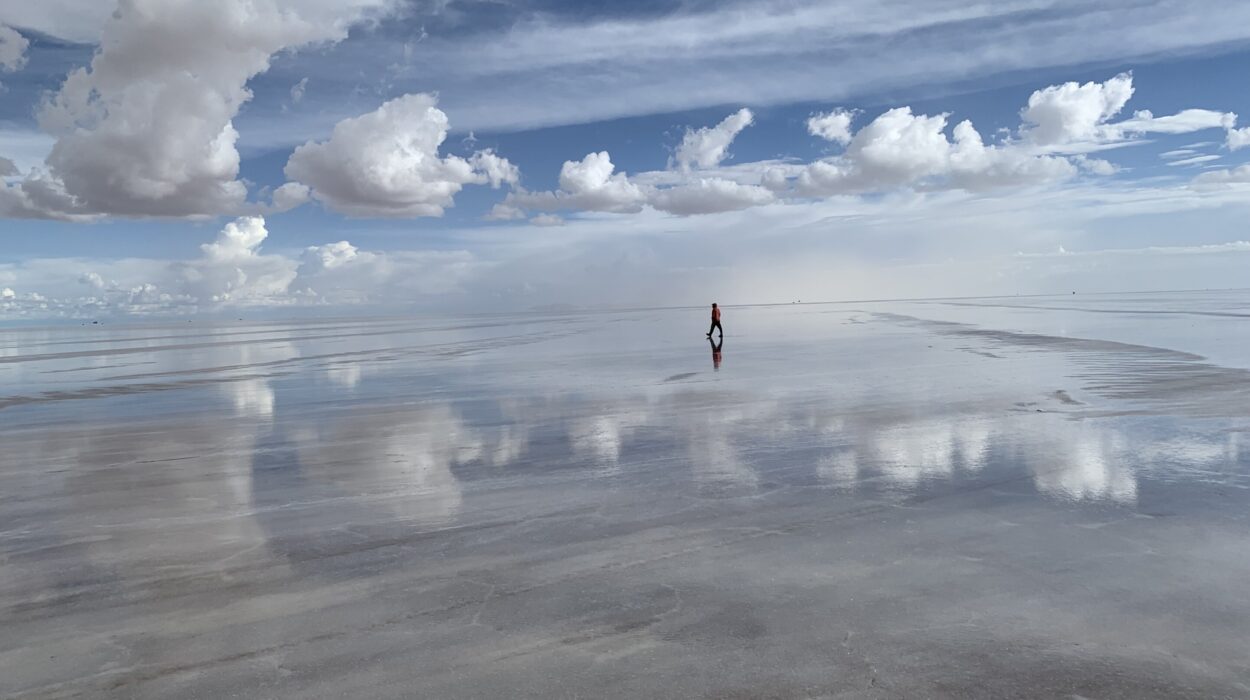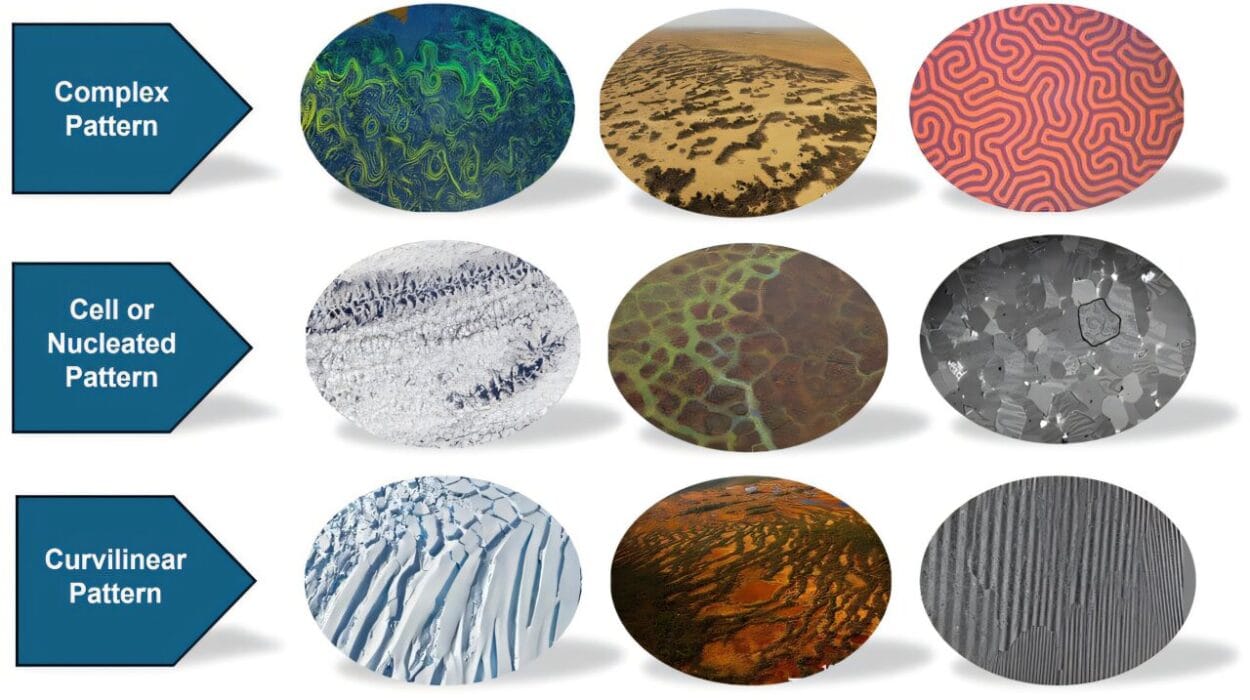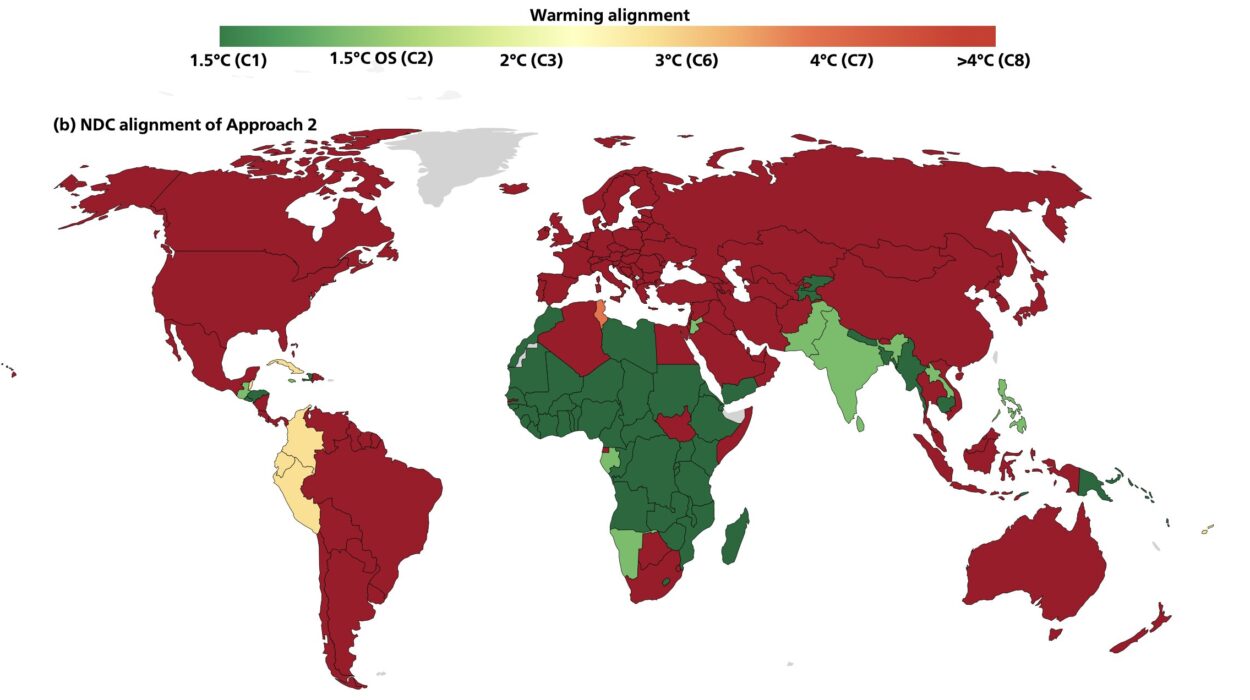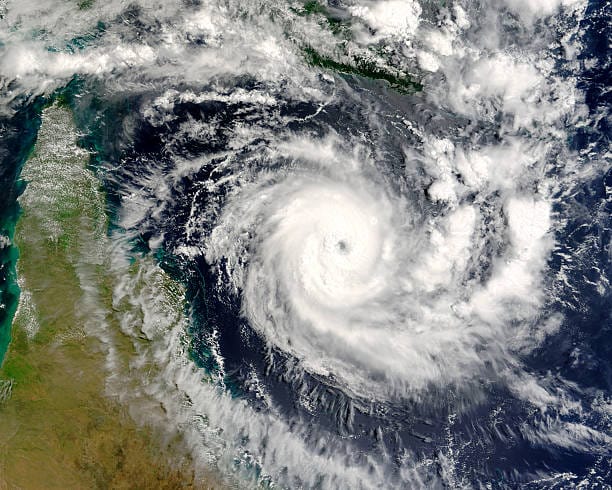Imagine standing on the edge of a vast ocean, salt-laced air on your skin and waves thundering like the heartbeat of Earth itself. The sea stretches endlessly before you—deep, mysterious, powerful. But beneath the shimmering surface lies more than just beauty or a source of food. The oceans are the hidden engine of our planet’s climate. They are the breath, the pulse, and the memory of Earth’s atmospheric rhythms.
Without them, Earth would be a drastically different, perhaps even lifeless, world. They act as a colossal thermostat, absorbing the sun’s energy, redistributing heat, capturing carbon dioxide, and guiding wind and weather patterns that shape the fate of continents.
Yet for all their importance, oceans are often overlooked in discussions about climate. The truth is simple but astonishing: Earth’s oceans are the invisible guardians of global climate stability.
A Liquid Blanket of Moderation
The oceans cover more than 70% of Earth’s surface, forming a watery shell that blankets the globe. This vast expanse of water is uniquely capable of moderating climate because of one remarkable property—its thermal capacity. Water holds heat far more effectively than air or land. It absorbs solar radiation during the day and slowly releases it at night. It buffers extremes. In coastal regions, this effect can be felt clearly—summers are cooler and winters milder than areas further inland.
But on a planetary scale, this heat-absorbing power works wonders. When the sun bathes the Earth in energy, the oceans act as a sponge, soaking up much of the excess heat. In fact, over 90% of the excess heat trapped by greenhouse gases has gone into the oceans since the mid-20th century. This is one reason global surface temperatures haven’t risen as sharply as they might have otherwise.
Without the oceans to absorb this heat, our world would already be far hotter, storms more violent, droughts more widespread. The oceans shield us. Quietly. Constantly.
Currents That Flow Like Veins
One of the most awe-inspiring ways the oceans regulate climate lies beneath the surface—in the form of powerful currents that circulate water across the planet like blood through a body. These ocean currents transport heat from the equator toward the poles and bring cold water back again in a continuous loop. This system, known as the global conveyor belt or the thermohaline circulation, is one of the most important climate regulators on Earth.
Driven by differences in water temperature and salinity (saltiness), this conveyor belt moves vast volumes of water over thousands of miles. Warm water from the tropics flows northward in surface currents, such as the Gulf Stream, warming regions like Europe far beyond what their latitude would suggest. As this water cools and becomes saltier, it sinks and begins its slow journey back to the equator along the ocean floor.
This hidden circulation system acts like a planetary radiator, carrying heat where it’s needed and maintaining climatic balance. Without it, winters in parts of Europe would be harsher, and the tropics unbearably hot. It is one of the great silent orchestrators of Earth’s climate symphony.
Winds, Water, and the Dance of Climate
Wind and ocean currents are intimately connected. The spinning of Earth and the uneven heating of its surface by the sun create wind patterns that in turn push ocean waters into motion. This complex dance between air and sea gives rise to enormous gyres—large systems of rotating currents found in each of the world’s major oceans.
These gyres play a crucial role in distributing heat. For example, the North Pacific Gyre carries warm water across the Pacific, helping to moderate the climate of Asia and North America. Meanwhile, upwelling zones—where cold, nutrient-rich water rises from the deep—bring life to ecosystems and also influence local weather and climate.
The interaction between winds and ocean currents is also at the heart of climatic phenomena like El Niño and La Niña. During El Niño years, warm waters in the Pacific shift eastward, altering global wind patterns and weather systems. This can lead to severe droughts in some regions and catastrophic floods in others. La Niña brings the opposite effects. These oscillations—natural but increasingly intensified by climate change—reveal just how deeply intertwined the ocean and atmosphere are.
Carbon Sink: The Ocean’s Hidden Sacrifice
Climate change is largely driven by the buildup of carbon dioxide (CO₂) in the atmosphere. But once again, the oceans step in to help. They act as an immense carbon sink, absorbing about a quarter to a third of all human-produced CO₂ emissions. Phytoplankton—tiny oceanic plants—play a crucial role in this process. Like trees, they photosynthesize, pulling CO₂ from the atmosphere and releasing oxygen.
When these plankton die, they sink to the ocean floor, locking carbon away for centuries. Some of it gets buried in sediments, while other parts are consumed and recycled through marine food webs. This “biological pump” helps regulate atmospheric CO₂ and slows the pace of global warming.
But this service comes at a cost. As CO₂ dissolves in seawater, it forms carbonic acid, leading to a drop in ocean pH. This process, known as ocean acidification, threatens coral reefs, shellfish, and countless marine organisms that rely on stable pH levels to build their skeletons and shells. So while the oceans absorb our carbon, they suffer silently.
The Polar Guardians: Sea Ice and Climate Reflection
At the top and bottom of the world, icy oceans perform another vital function—reflecting sunlight. Bright white sea ice and snow in the Arctic and Antarctic regions act like mirrors, bouncing solar energy back into space. This effect, called albedo, helps keep Earth cool.
But as the planet warms, sea ice melts, reducing the reflective surface and exposing dark ocean water. Unlike ice, water absorbs sunlight, causing more warming and more melting in a dangerous feedback loop. This is already visible in the Arctic, where ice loss is accelerating, leading to warmer regional climates and shifts in jet stream patterns that affect weather as far away as Asia and North America.
The polar oceans are not just frozen wastelands—they are planetary thermostats. As they change, so does everything else.
Rainmakers and Storm Drivers
Much of the water that falls as rain or snow originates in the oceans. Through the process of evaporation, the sun draws moisture into the atmosphere. Warm ocean waters—especially in the tropics—fuel the formation of clouds, storms, and hurricanes. The hotter the water, the more energy available for these weather systems.
In a stable climate, this water cycle is balanced. But in a warming world, with oceans storing more heat, the cycle becomes supercharged. Storms grow stronger. Rainfall becomes more intense. Droughts deepen between deluges. Sea surface temperatures, particularly in regions like the Atlantic, are rising to record levels, making hurricanes more destructive and unpredictable.
Thus, the oceans not only shape where and when storms occur but also how fierce they become.
Life Beneath, Climate Above
From the shallow coral reefs to the deepest trenches, the ocean teems with life. This marine biodiversity forms a vast network that helps stabilize ecosystems and climate alike. Fish migrate with changing temperatures, whales dive to feed on deep plankton, and vast schools move nutrients through water columns.
Healthy ocean ecosystems contribute to climate regulation. Seagrass meadows, mangroves, and kelp forests—sometimes called “blue carbon” ecosystems—are especially efficient at capturing and storing carbon. They grow quickly, trap sediments, and store carbon in their roots and soils for centuries. Protecting these habitats isn’t just good for fish—it’s vital for fighting climate change.
But as oceans warm and acidify, these ecosystems face immense stress. Coral reefs bleach, fisheries collapse, and once-resilient systems start to unravel. The loss of ocean life is not only an ecological tragedy—it is a climatic one.
A Changing Ocean, A Changing World
Climate change is altering the oceans. It’s raising sea levels as glaciers melt and warmer waters expand. It’s changing salinity patterns as rainfall shifts and ice melts. It’s causing entire currents to slow, threatening to disrupt the global conveyor belt that keeps climates in balance. It’s acidifying waters, endangering food chains. It’s reducing oxygen in parts of the sea, creating so-called “dead zones.”
These changes do not stay beneath the waves. They ripple outward—into economies, into food security, into politics and migration. Coastal cities confront rising tides. Fishermen face dwindling catches. Storms hit harder. Climate refugees flee from vanishing lands and failed crops.
What happens in the ocean doesn’t stay in the ocean. It comes back to us, in the winds we feel, the rain we drink, the food we eat, and the world we inherit.
The Ocean’s Message to Humanity
If the oceans could speak, what would they say?
Perhaps they’d remind us that they’ve given us everything—air to breathe, weather to grow crops, fish to eat, beauty to cherish. They’d remind us that they’ve absorbed our heat, our carbon, and our waste, and still carried on. But maybe now they’d ask for help. For protection. For respect.
The oceans cannot fix climate change alone. Their systems are powerful but not infinite. If we continue to pump greenhouse gases into the atmosphere, the oceans will be overwhelmed. Their buffering capacities will weaken. The great currents may stall. The ice may vanish. The sea may rise higher than we ever imagined.
But if we listen—truly listen—to what the oceans are telling us, there is still time.
Toward a More Sustainable Future
We are not helpless. There are choices we can make to preserve the oceans’ ability to regulate our climate. Reducing carbon emissions, protecting marine ecosystems, restoring mangroves and reefs, curbing plastic pollution, and investing in sustainable fishing and shipping practices—all of these actions can help.
More importantly, we must shift how we see the oceans—not as resources to exploit, but as partners in survival. The sea is not separate from us. It is within us. Every breath we take is linked to phytoplankton. Every raincloud to evaporation. Every storm to heat. Every season to circulation.
To protect the climate is to protect the oceans. And to protect the oceans is to protect ourselves.
The Eternal Pulse
Stand again at the shore. Listen to the waves. They have seen ice ages come and go, watched continents drift, and borne witness to the rise of civilizations. They carry the memory of Earth’s past and the promise of its future.
In their rhythmic crashing lies a message: we are part of something vast and interconnected. Something beautiful. Something fragile. And something worth saving.
The oceans are not just water. They are life. They are climate. They are Earth’s eternal pulse—and we must learn to keep time with it.
